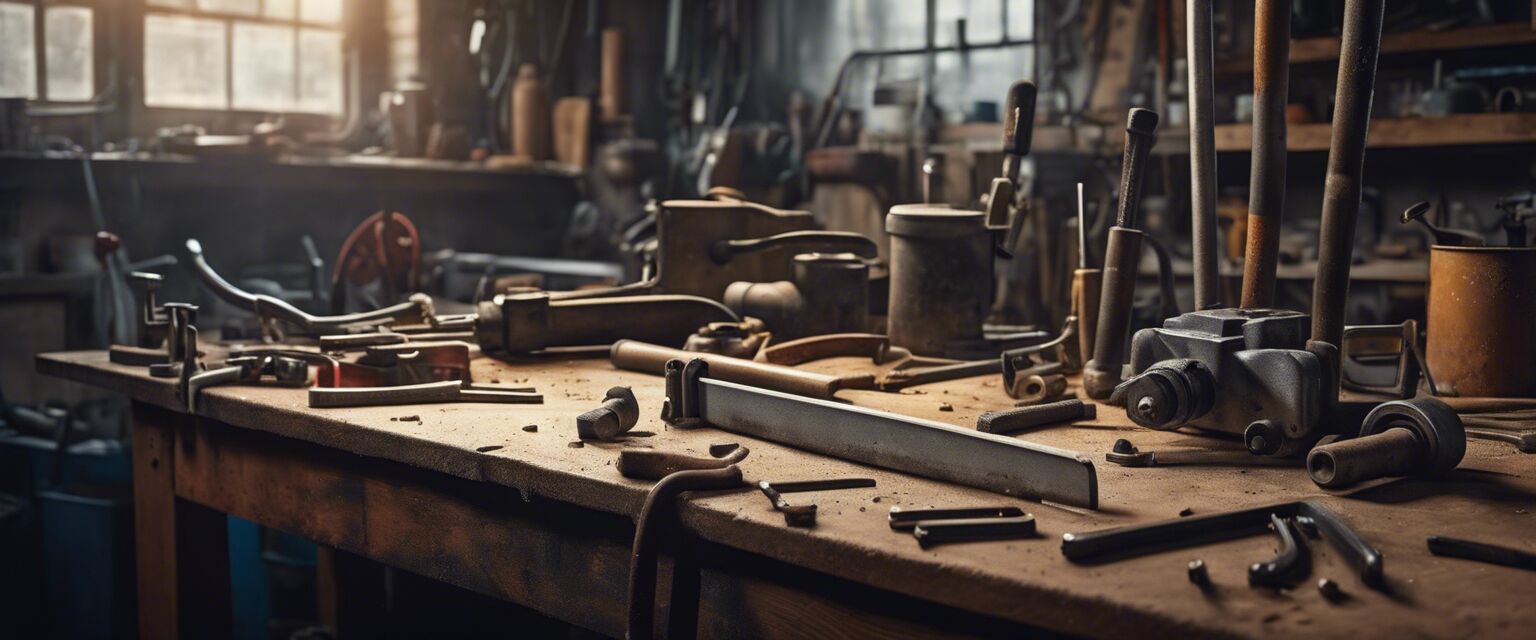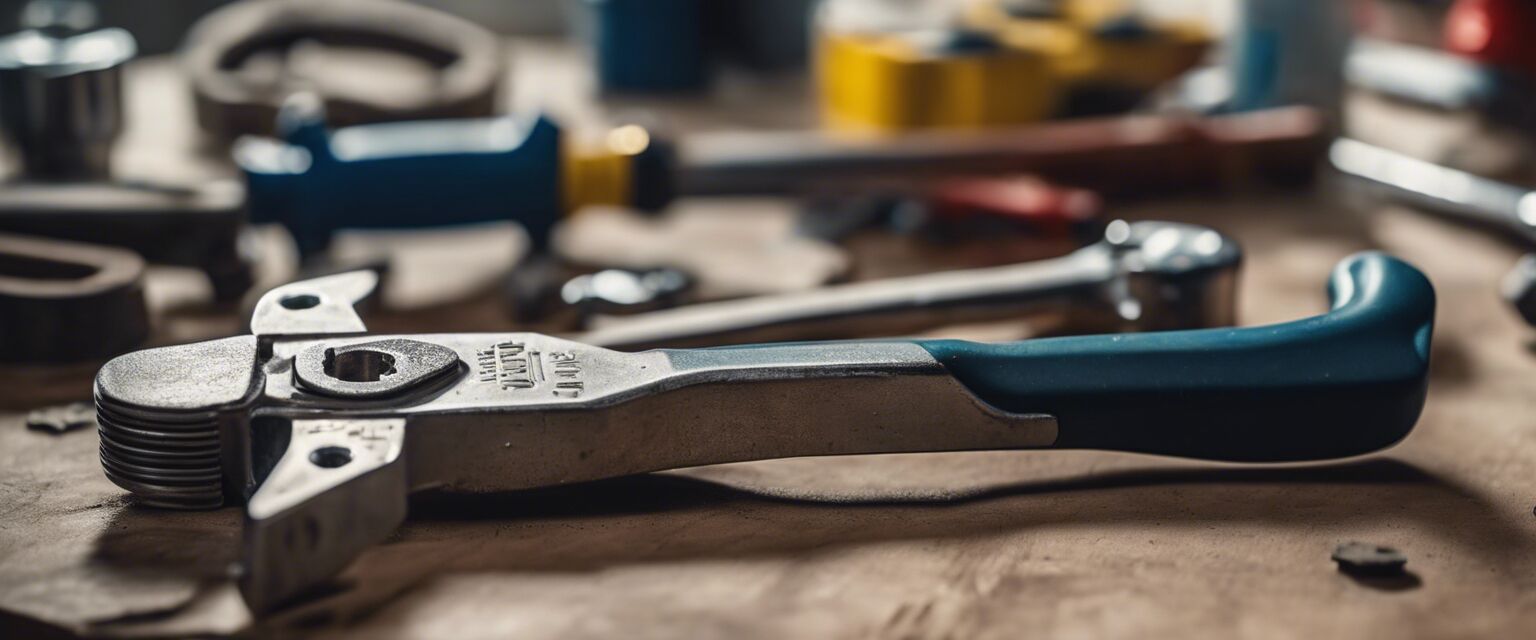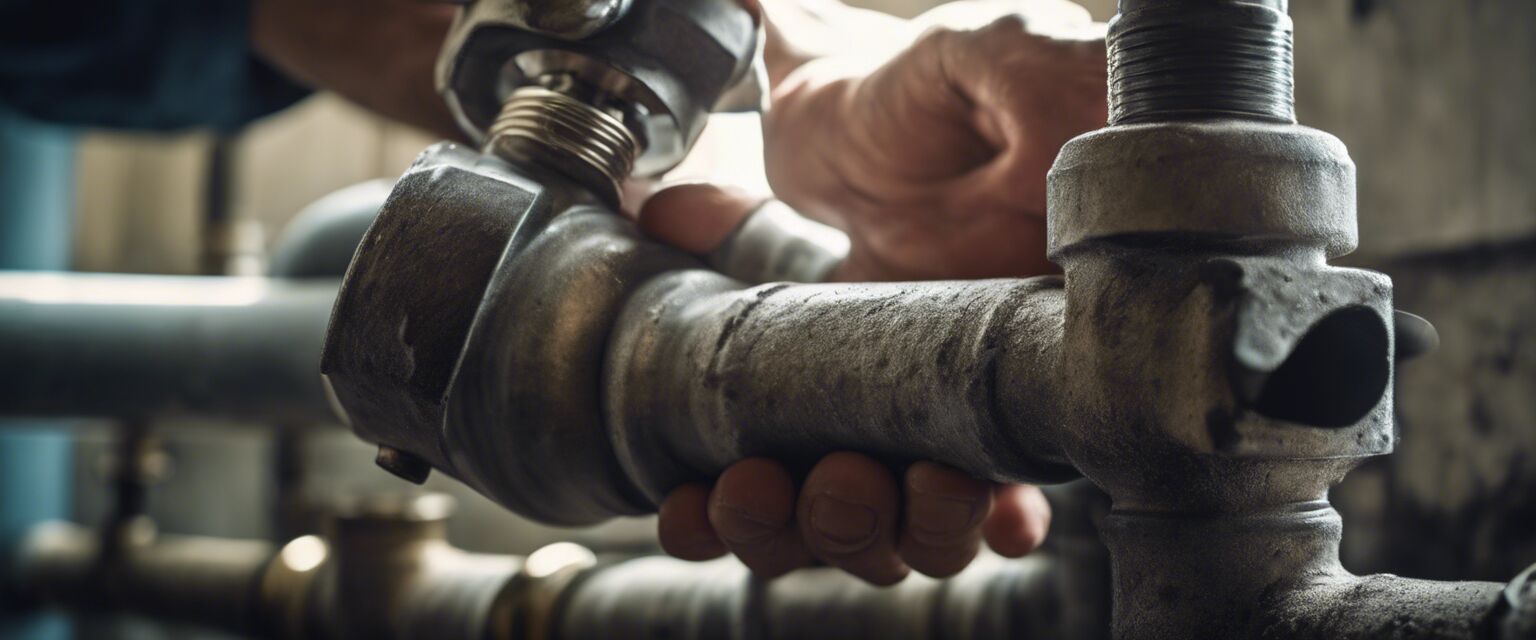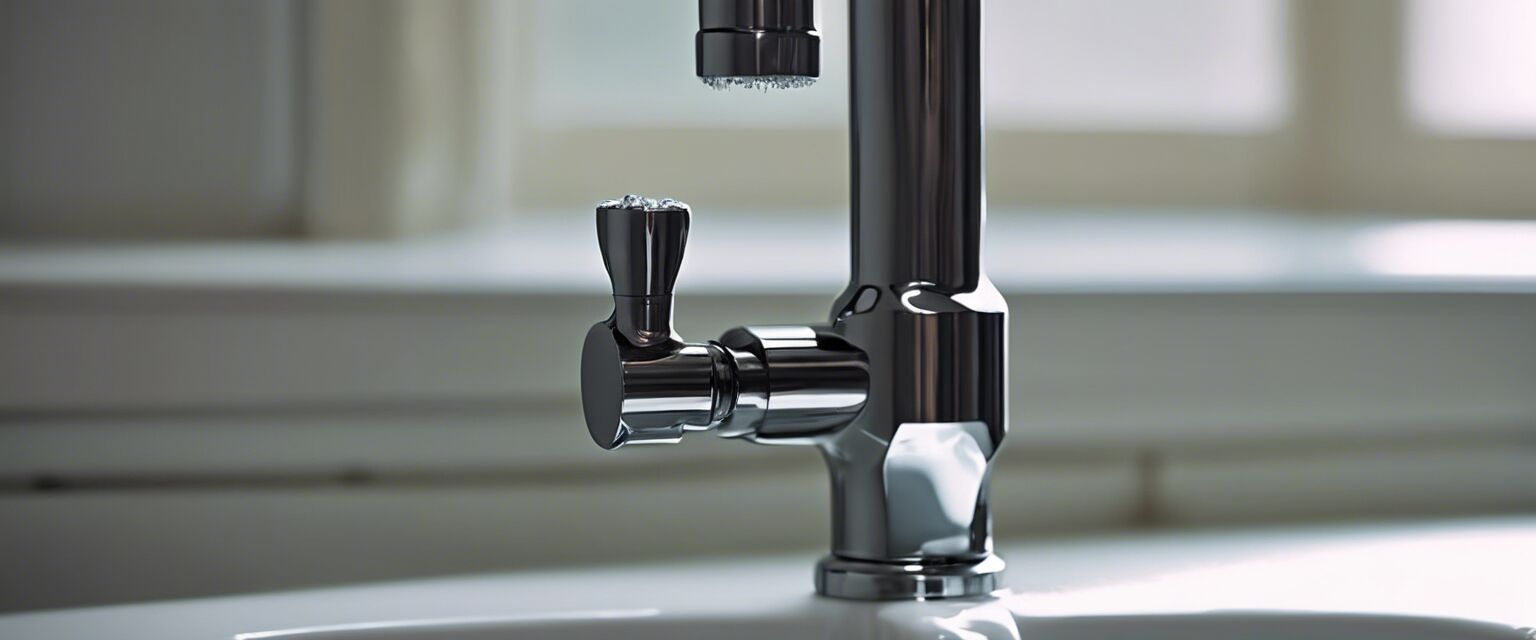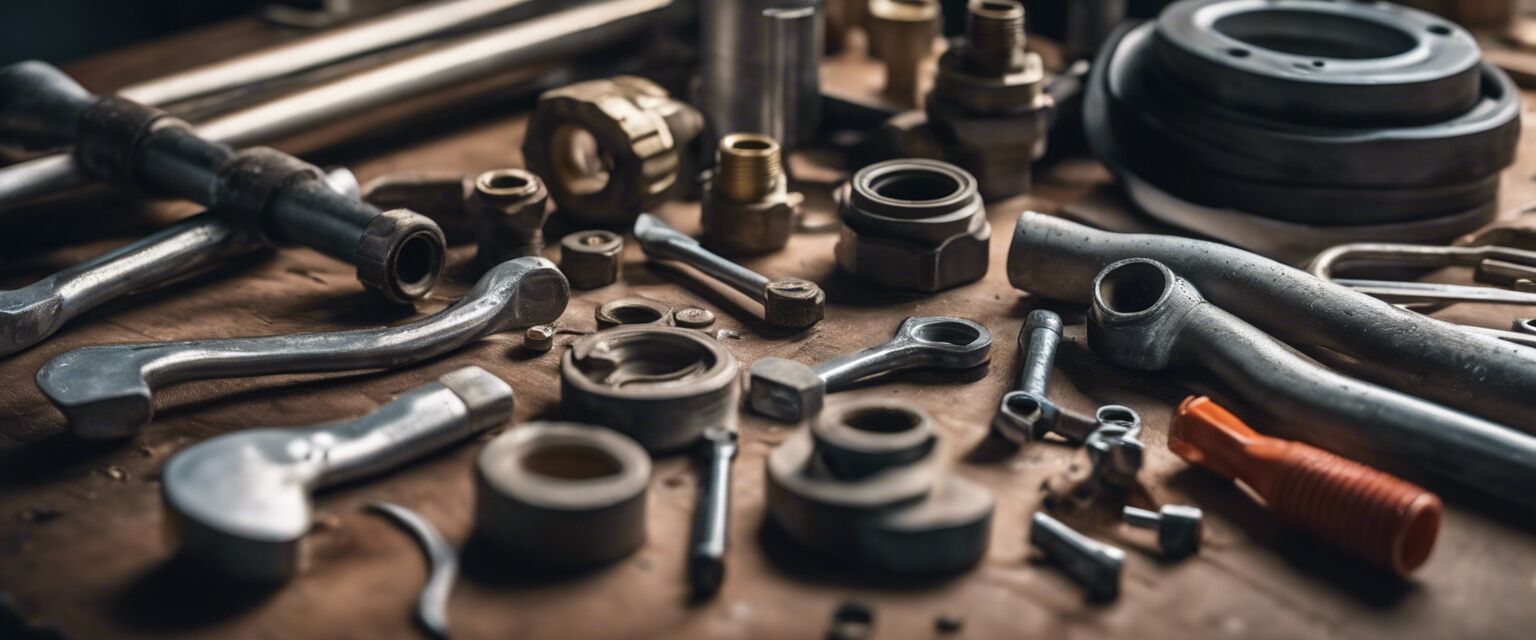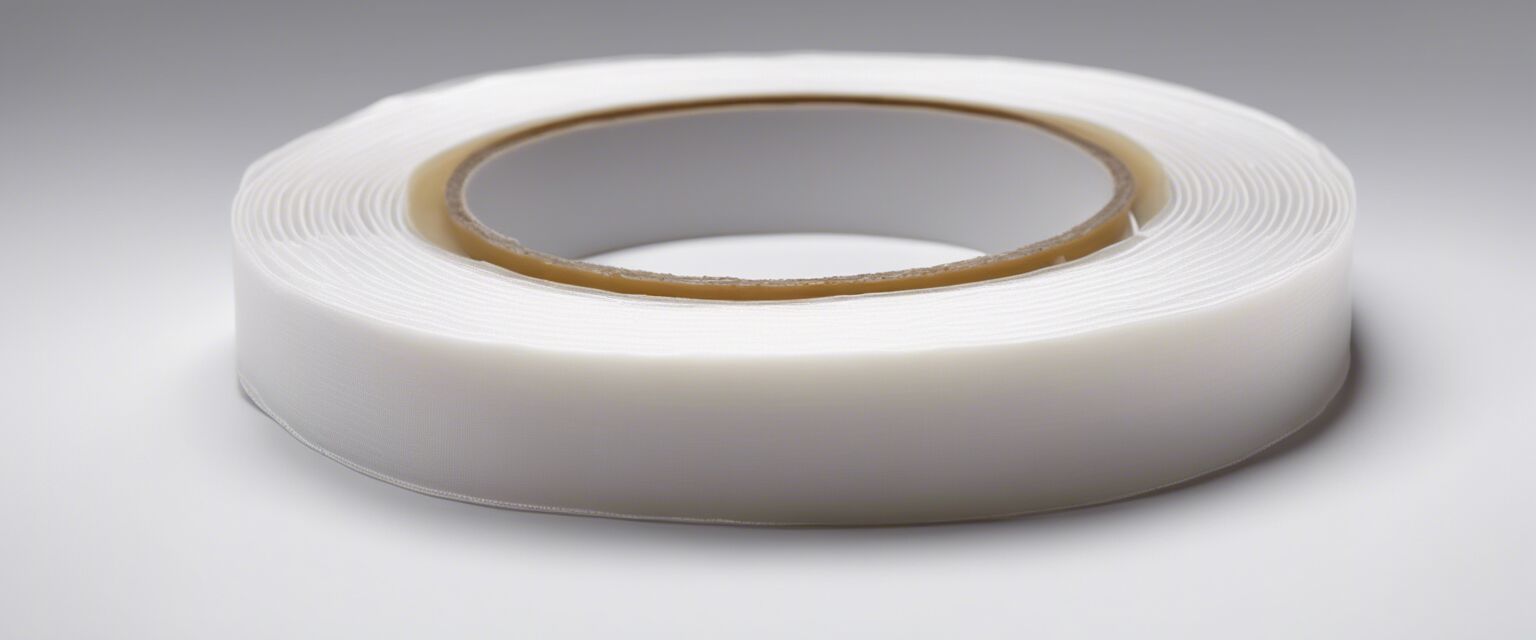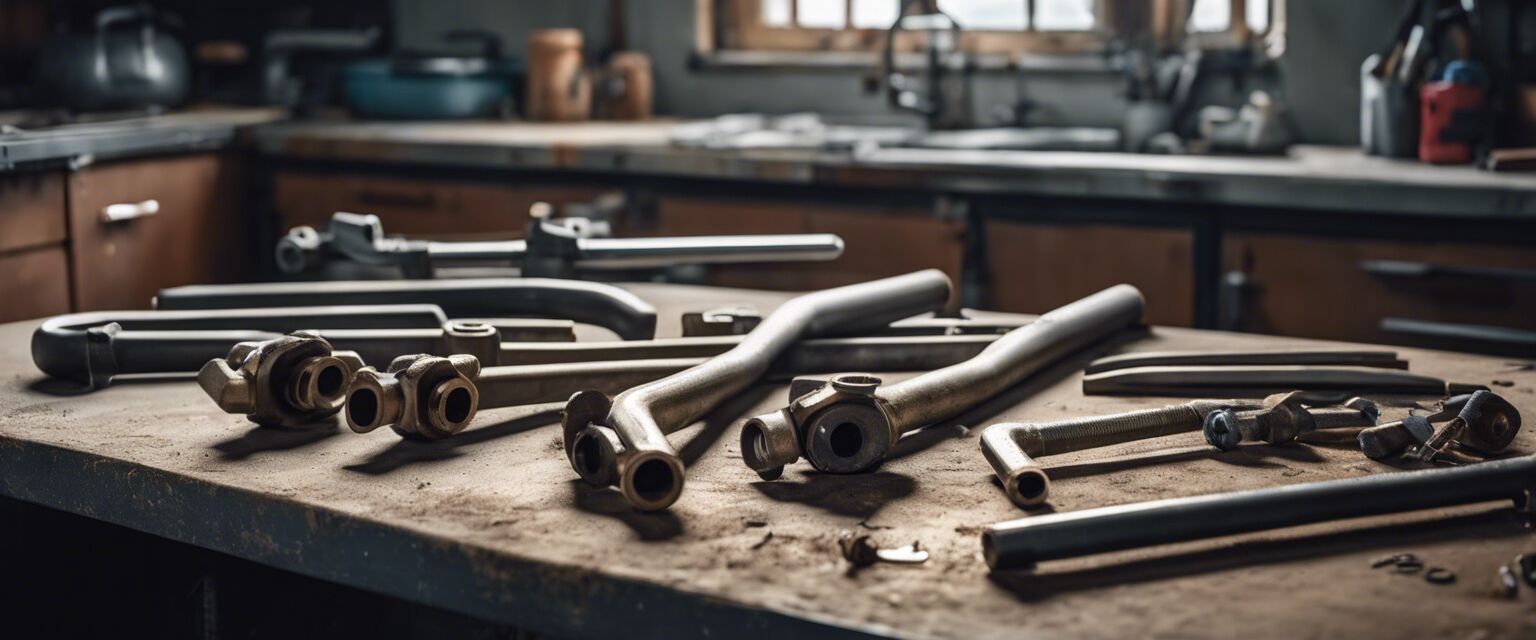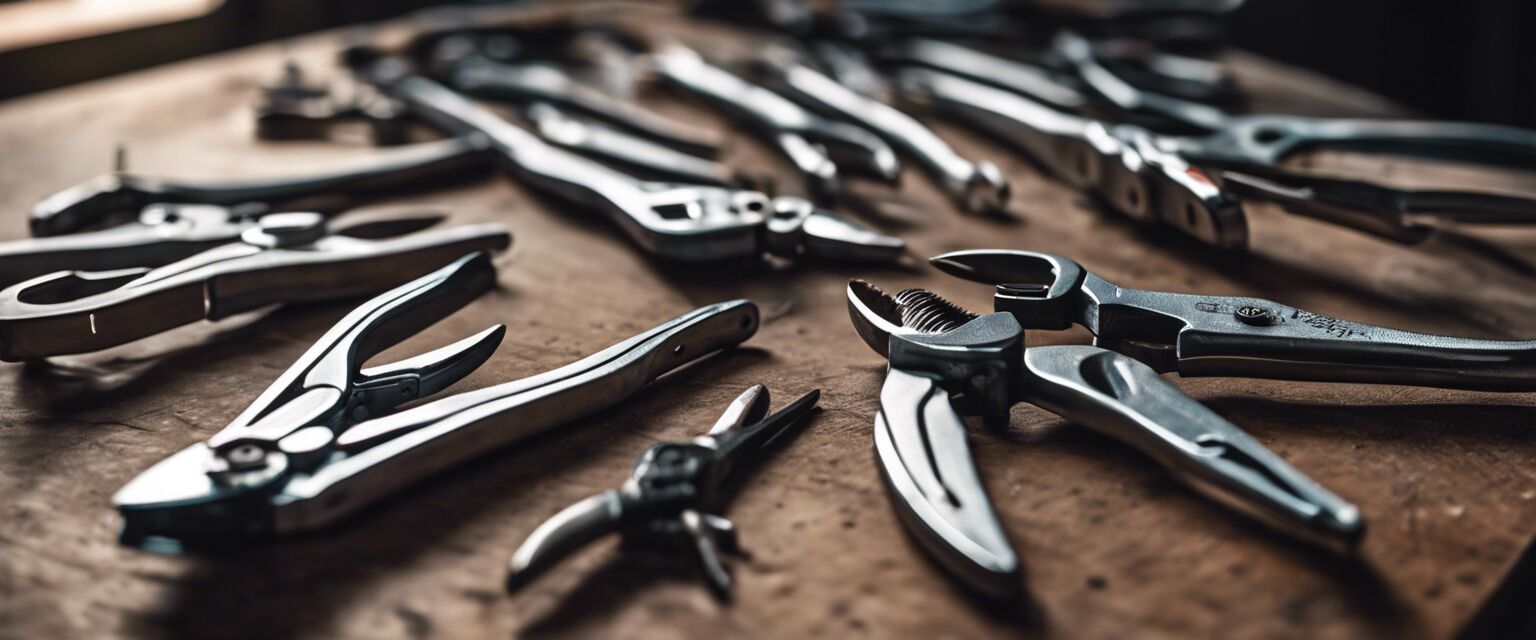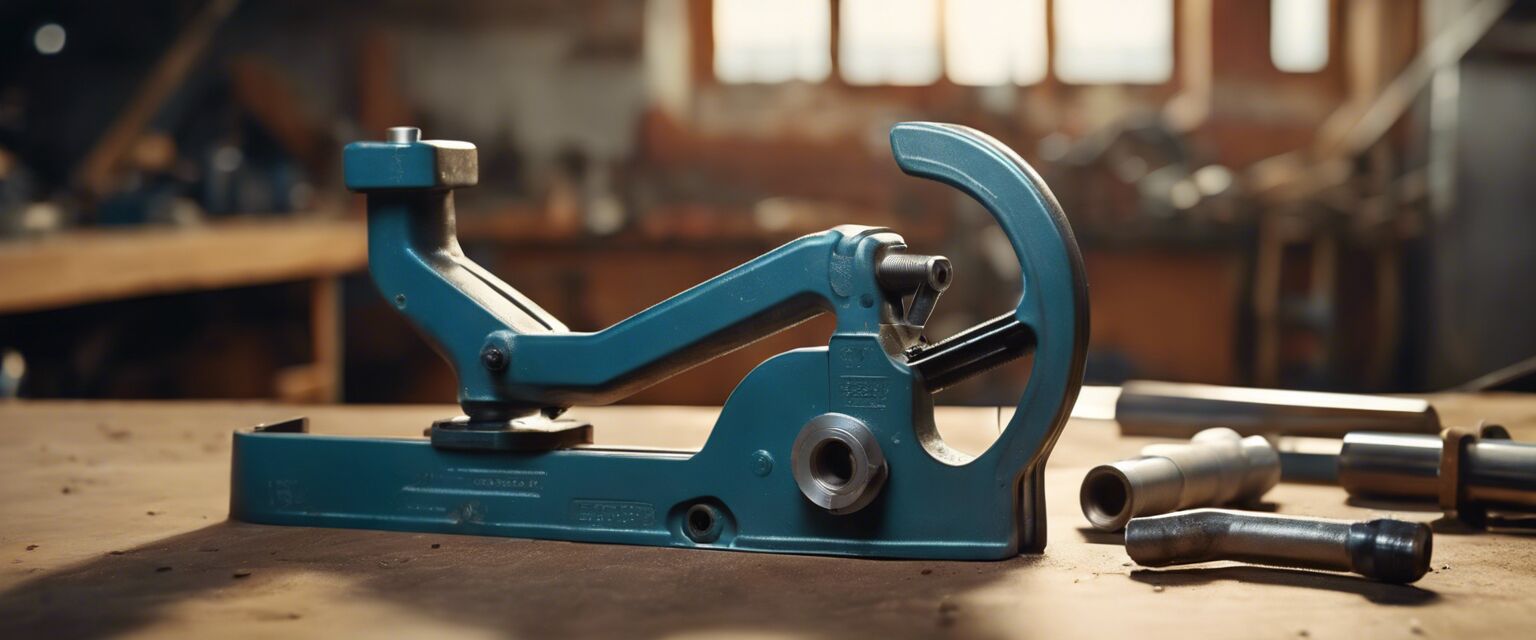
How to Use a Pipe Cutter
A pipe cutter is a crucial tool for any plumber, allowing for precise and efficient cutting of pipes. In this article, we'll take you through a step-by-step guide on how to use a pipe cutter for different plumbing materials.
Key Takeaways
- Choose the right pipe cutter for the job based on the type of pipe and material.
- Measure and mark the pipe accurately before cutting.
- Use the correct cutting technique to avoid damaging the pipe or cutter.
- Deburr the pipe after cutting to ensure a smooth surface.
Types of Pipe Cutters
There are several types of pipe cutters available, each designed for specific pipe materials and sizes. The most common types include:
| Type of Pipe Cutter | Pipe Material | Pipe Size |
|---|---|---|
| Tubing cutter | Copper, PEX, and PVC | Up to 1 inch |
| Tube cutter | Steel, aluminum, and stainless steel | Up to 2 inches |
| Pipe slice cutter | Cast iron, PVC, and ABS | Up to 4 inches |
When choosing a pipe cutter, consider the type of pipe, its material, and the size of the pipe. This will ensure you get the right tool for the job.
Measuring and Marking the Pipe
Before cutting the pipe, measure and mark the desired length using a pipe marker or a soapstone marker. Make sure to measure twice to avoid errors.

Cutting the Pipe
To cut the pipe, place the pipe cutter around the marked area and tighten the cutter according to the manufacturer's instructions. Then, rotate the cutter around the pipe while applying gentle to moderate pressure.
| Pipe Material | Cutting Technique |
|---|---|
| Copper and PEX | Gentle pressure, 1-2 rotations |
| Steel and stainless steel | Moderate pressure, 2-3 rotations |
| Cast iron and PVC | Firm pressure, 3-4 rotations |
Apply more pressure and rotations as needed, but avoid applying too much pressure, which can damage the pipe or cutter.
Deburring the Pipe
After cutting the pipe, use a deburring tool or a file to remove any burrs or sharp edges. This ensures a smooth surface for connections and fittings.

Failing to deburr the pipe can lead to leaks, damage to fittings, and other plumbing issues.
Tips for Using a Pipe Cutter
Beginners Section
- Always follow the manufacturer's instructions for the pipe cutter.
- Use the correct pipe cutter for the type of pipe and material.
- Measure and mark the pipe accurately to avoid errors.
- Deburr the pipe after cutting to ensure a smooth surface.
Common Mistakes to Avoid
Avoid These Mistakes
- Using the wrong pipe cutter for the job.
- Applying too much pressure, which can damage the pipe or cutter.
- Failing to deburr the pipe after cutting.
Conclusion
Using a pipe cutter is a crucial skill for any plumber. By following these steps and tips, you'll be able to cut pipes efficiently and accurately, ensuring a professional finish. Remember to choose the right pipe cutter, measure and mark the pipe accurately, and deburr the pipe after cutting.
For more information on plumbing tools and materials, check out our guides on adjustable wrenches, basin wrenches, and solvent cements and primers.

With practice and patience, you'll become a master of using a pipe cutter and be able to tackle any plumbing job with confidence.
Explore our range of pipe cutters and other plumbing tools to find the right one for your next project.